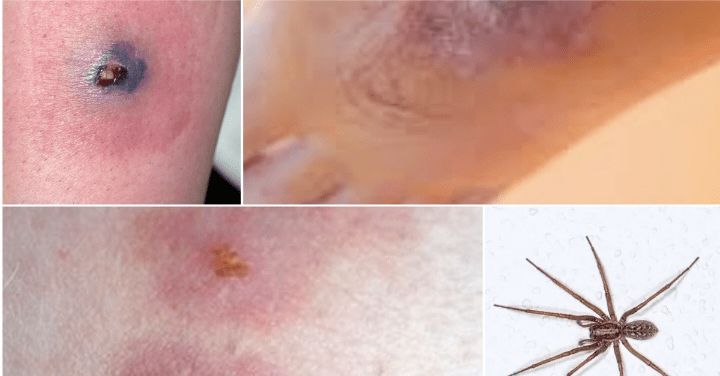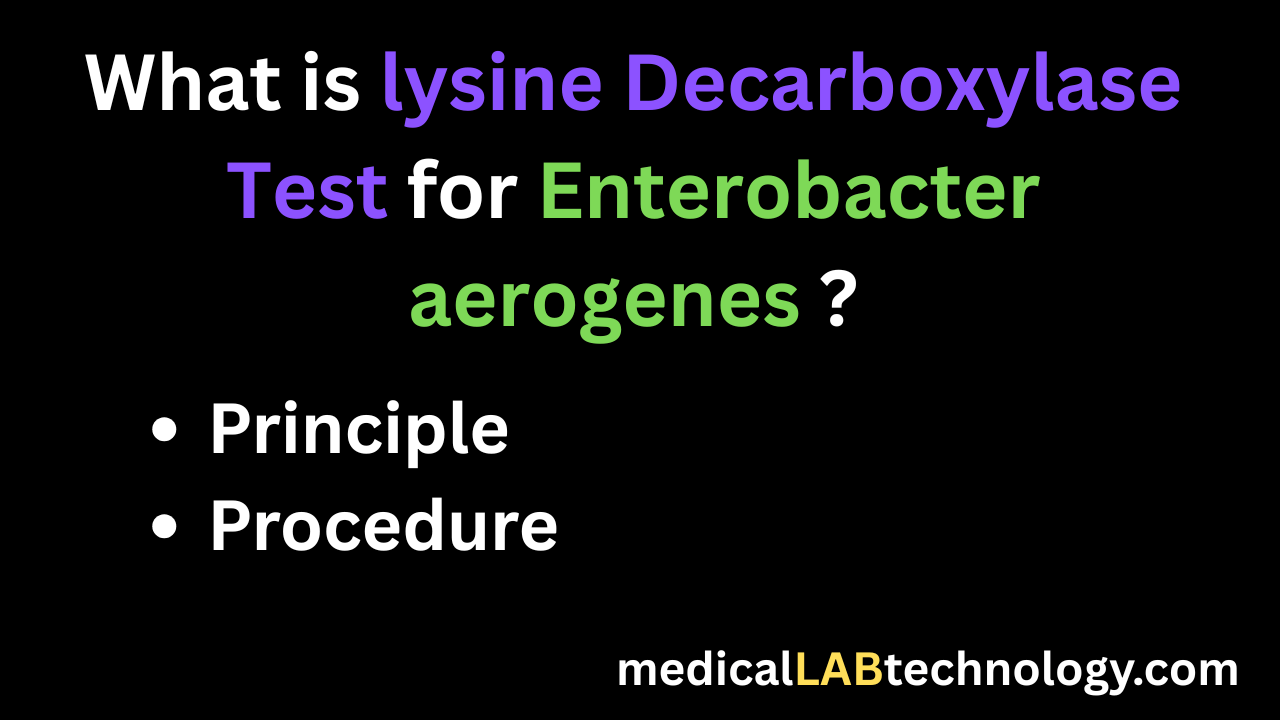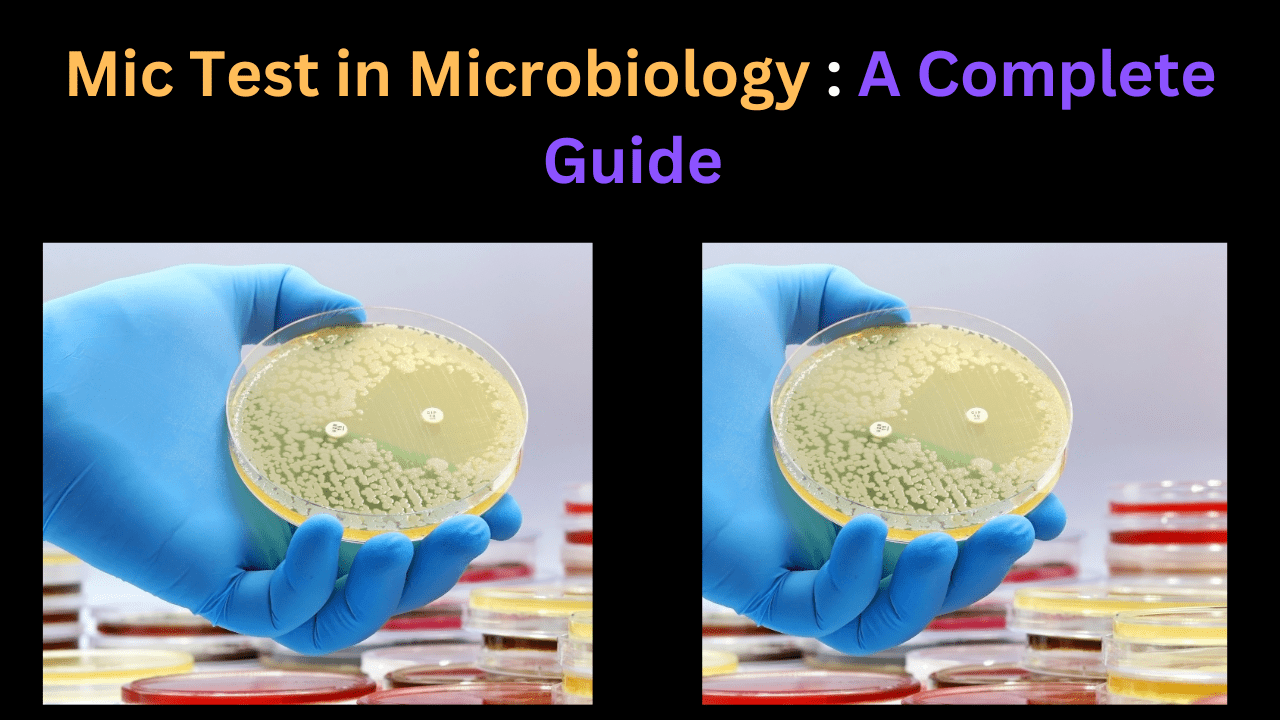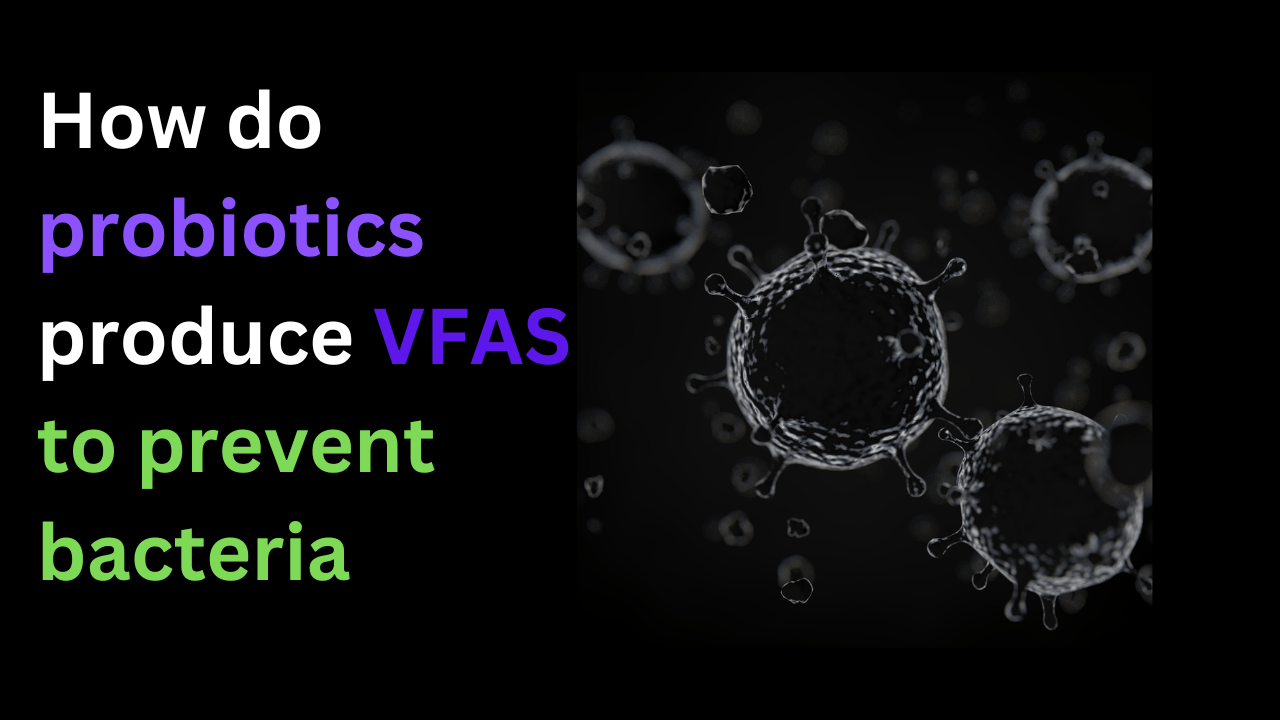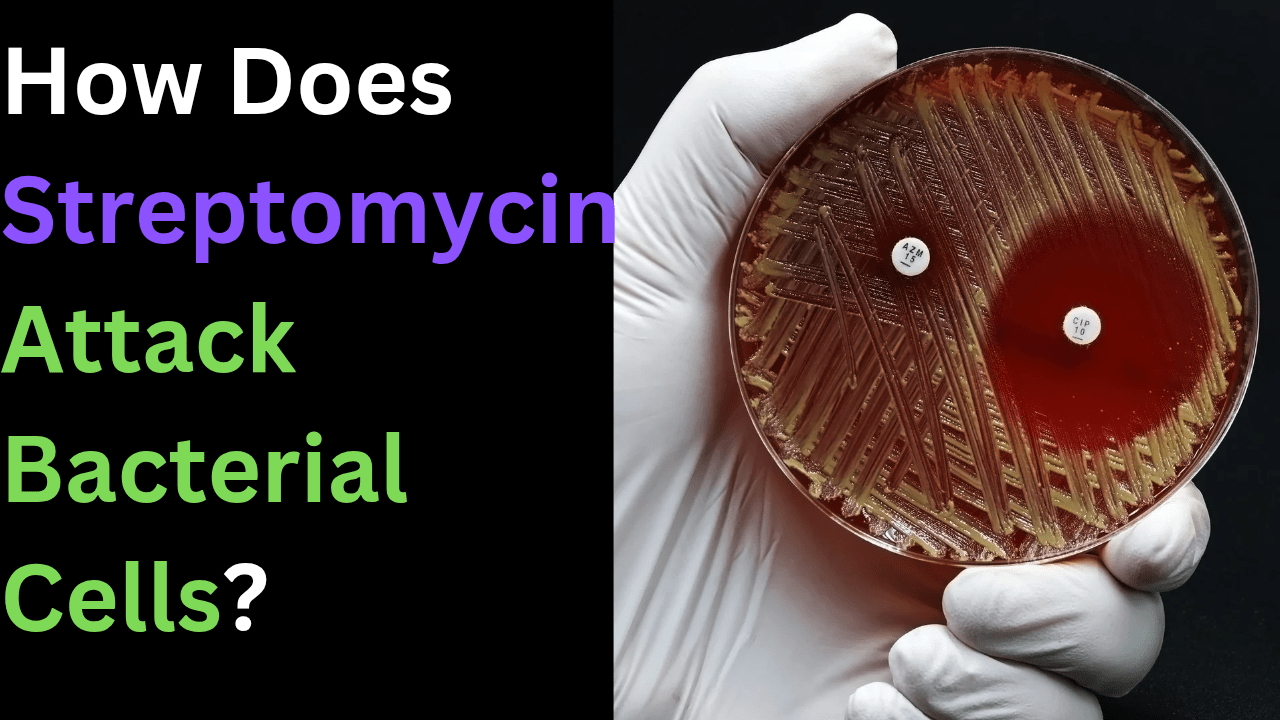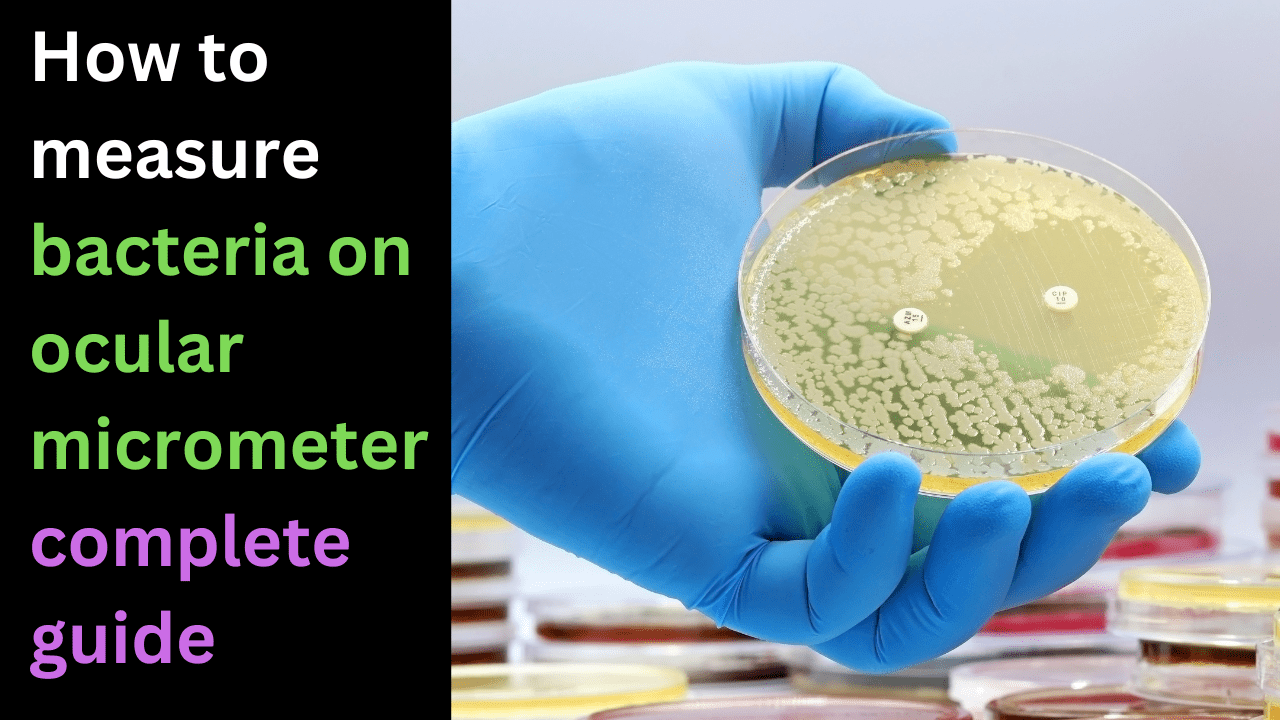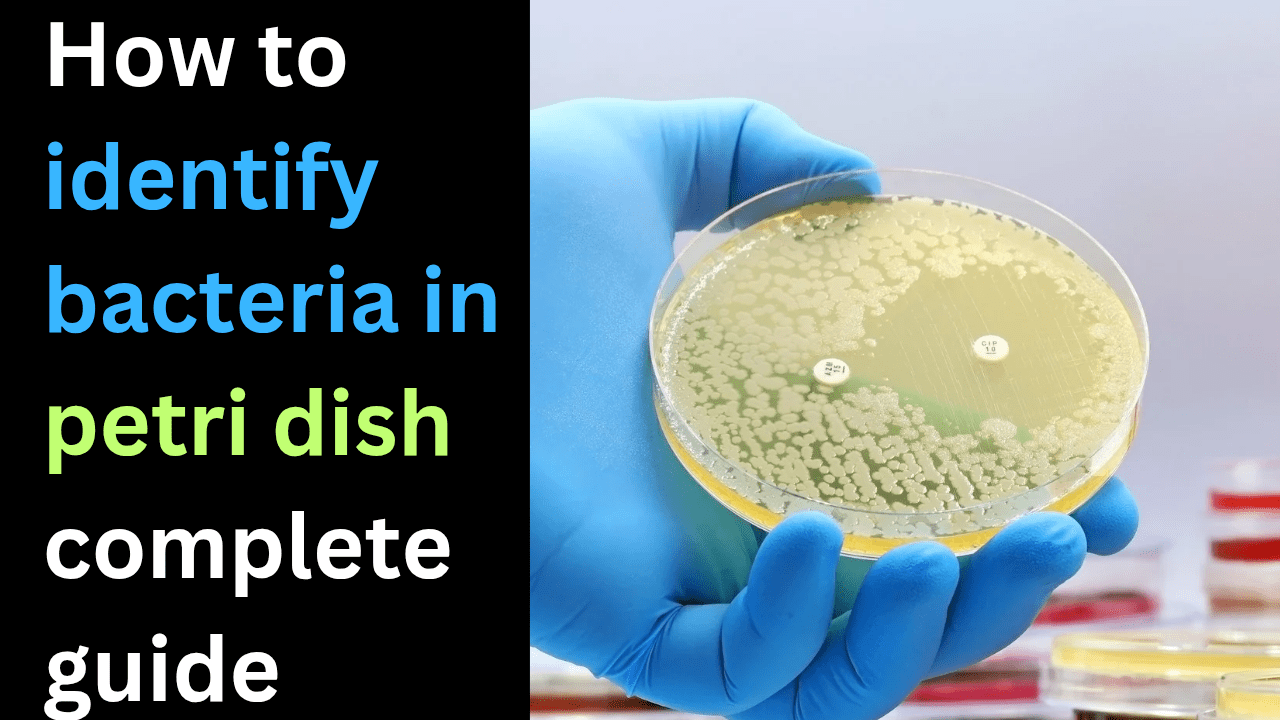Quellung Reaction for Streptococcus pneumoniae: Principle, Procedure, and Result
The Quellung reaction, also known as the capsular swelling reaction, is a highly reliable technique. It is one of the classical microbiological techniques used to find Streptococcus pneumoniae. This method is widely used in diagnostic laboratories. It confirms the presence of encapsulated pneumococci by the visible swelling of their polysaccharide capsule. What Is the Quellung … Read more

